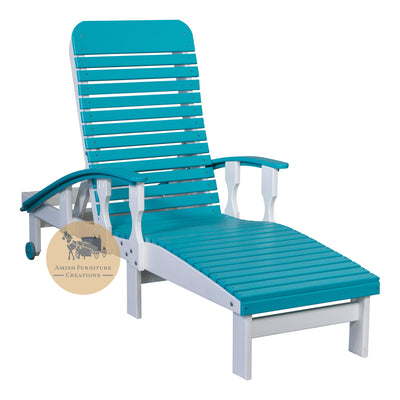Style Series: Week 1
Last week we talked about finding your style, and we gave an overview of four trends that people and designers gravitate towards. You may have found this helpful, and you most likely saw some of your own personal style traits mixed in those categories, but we feel that this was only the tip of the iceberg.
It is hard to keep up with the ever-evolving design trends, and we have decided to delve a little deeper on this subject. Instead of introducing more concepts with brief overviews, the subjects we touched on last week could use some more in-depth coverage.
So, over the next four weeks we will be giving you a series on style. Each week we will go into much more detail regarding the topics from last week. For week one, we will take a closer look at traditional design style.
What is traditional?
Traditional style should not be confused with outdated. Honestly, design trends change so frequently that there is no such thing as outdated. What is popular one moment might not be the next, but it usually circles around and comes back into fashion. Traditional furnishings could be items that have been in your family for years, or it could be furniture that is antique in nature. It also could be styles imitating 18th and 19th century English or French classics.
Colors
Typically, this type of design aesthetic involves more muted and earthy tones. Rich greens paired with peach hues. Tan, wood, and bronze, are elements commonly found. Floral is no stranger to this palette, but rarely would you find bright or fussy designs.

Fabrics and Materials
Tradition also doesn’t have to mean dull. Mixing textures with various trims and accents can add depth to your space and create a sophisticated and warm feel with soft lines. An abundance of plump pillows will add to this comfortable atmosphere. Floor coverings such as Persian carpets and Oriental rugs tie the space together.

Art
The type of art that you adorn your walls with certainly says a lot about your style. It is important to create a cohesive look throughout the space. Therefore, a modern art piece may look out of place with traditional furnishings. This is not to say it won’t work, but more often we find artwork with a more vintage feel. Oil paintings have long been a staple in traditional designs.

Hopefully this has given you a better overview of what the traditional style language really is. If you consider characteristics such as refinement, warm elegance, and tasteful luxury, to be your design motivation, then the traditional style of comfort and familiarity may be just what you are looking for.
Next week this series will explore the features of modern design. Stay tuned!


